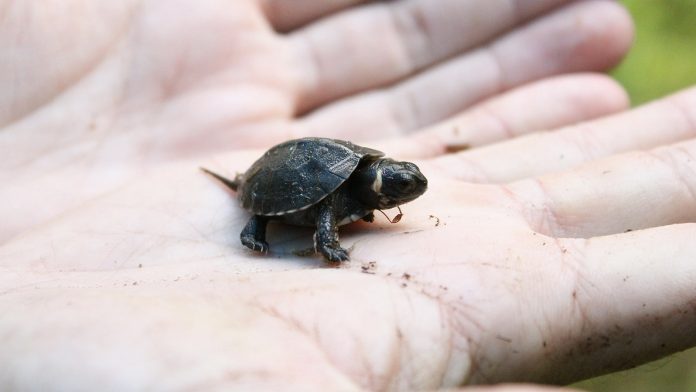Transcript:
To protect endangered species, it’s critical to know the specific habitat they need.
For example, the desert tortoise requires hot, dry conditions – but not so hot and dry that the flowers it eats wither and die.
So when a federal agency lists a species as threatened or endangered, it maps areas that provide what’s called critical habitat. The designation helps guide conservation efforts.
Weber: “But most critical habitat was developed without thinking about climate change.”
Ted Weber of the nonprofit Defenders of Wildlife says drought, heat, and sea level rise are transforming many areas.
Weber: “What may have been suitable habitat in the past may not be suitable habitat in the future.”
His research shows that many species’ designated critical habitats overlap little with maps of climate refugia – places that are less vulnerable to climate impacts. And they mostly lack protected corridors that would help species move as the climate warms.
Weber: “So that means that unless changes are made, so for example, incorporating more climate refugia and corridors … these species may not survive into the next century.”
Reporting credit: Sarah Kennedy / ChavoBart Digital Media




